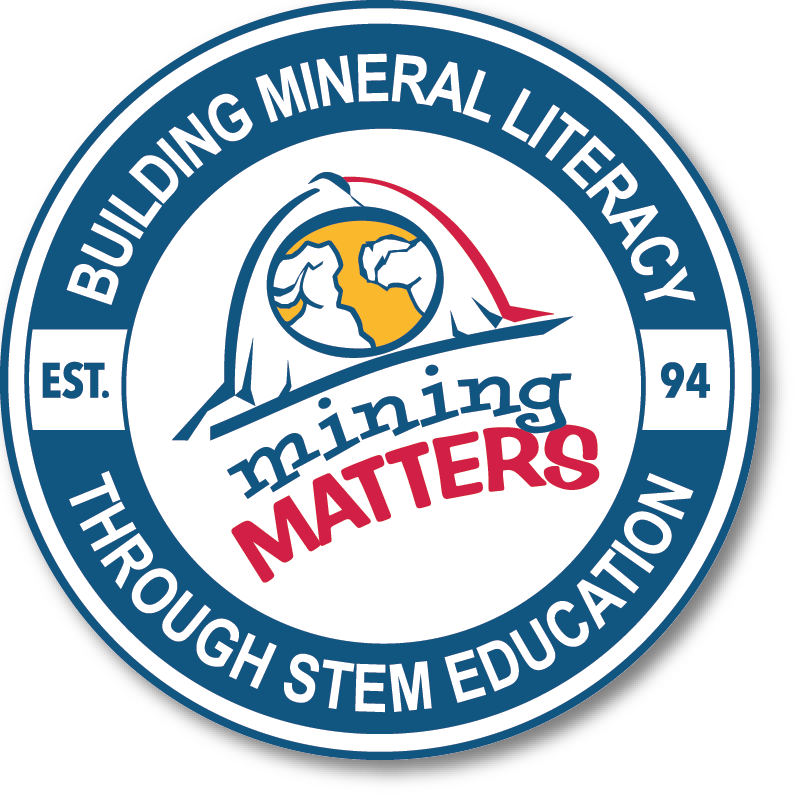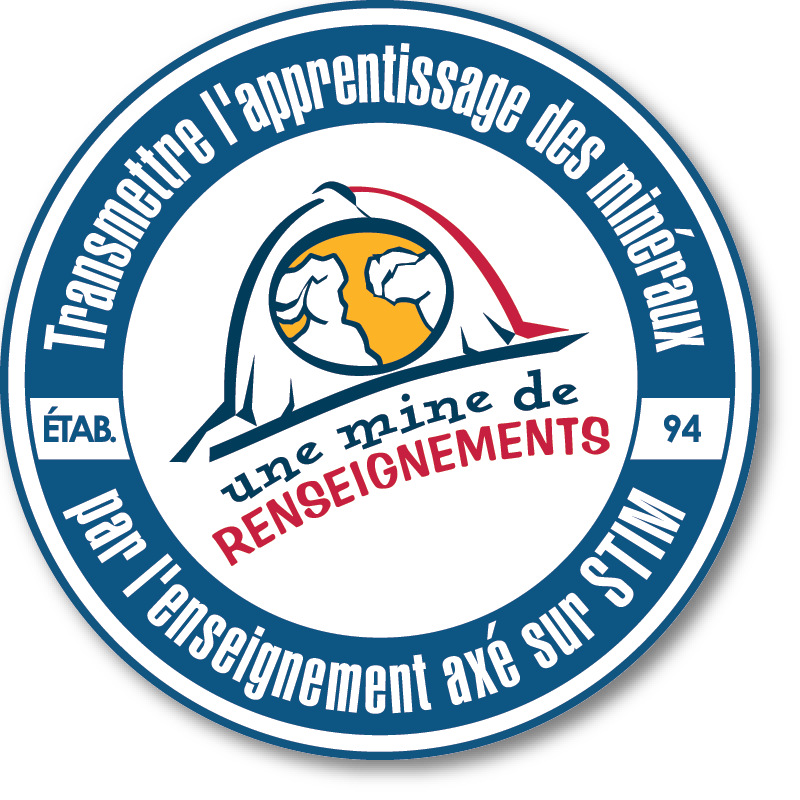Different Volcanoes
Safety
A chemical reaction is used to create pressure in an enclosed container resulting in a mini “explosion”. Make sure you are wearing protective eyewear (safety goggles are provided) and that everyone else is standing well back.
Background
A volcano is a vent or fissure through which molten and solid materials and hot gases pass upward to the Earth’s surface. There are three different types of volcanoes. Shield volcanoes, the largest type of volcano, are made almost entirely of solidified lava flows. The lava, which is molten rock that flows down the side of the volcano, erupts through vents or openings that develop along the sides and base of the volcano. Multiple fluid (runny) lava flows spread over great distances and cool in thin sheets. This process creates a gently sloping cone. Hawaiian volcanoes are examples of shield volcanoes.
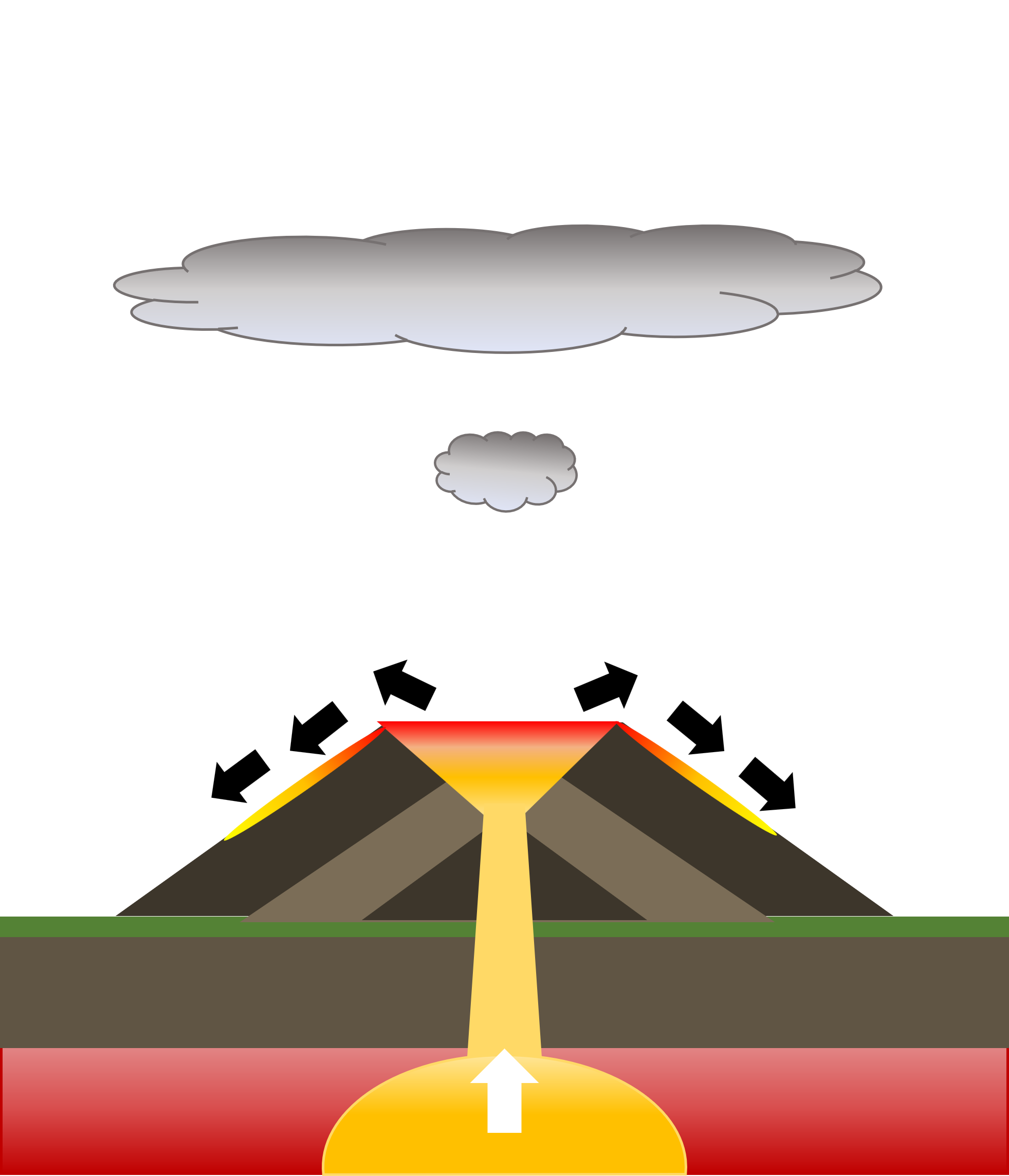
A cinder, or tephra, cone volcano is the simplest and often the smallest type of volcano. They are formed when lava is quickly expelled from the main vent of the volcano. Gas dissolved in the lava blows it into the air and the lava solidifies into small fragments that fall as cinders/tephra around the outside of the vent and form a circular cone. Most cinder cones have a well formed bowlshaped crater at the summit of the volcano. Cinder cones range in size from 10 to several hundred metres high. There are many examples of cinder cone volcanoes along the western coast of North America, including Cinder Cone and Tseax Cone (Aiyansh Volcano) in British Columbia.
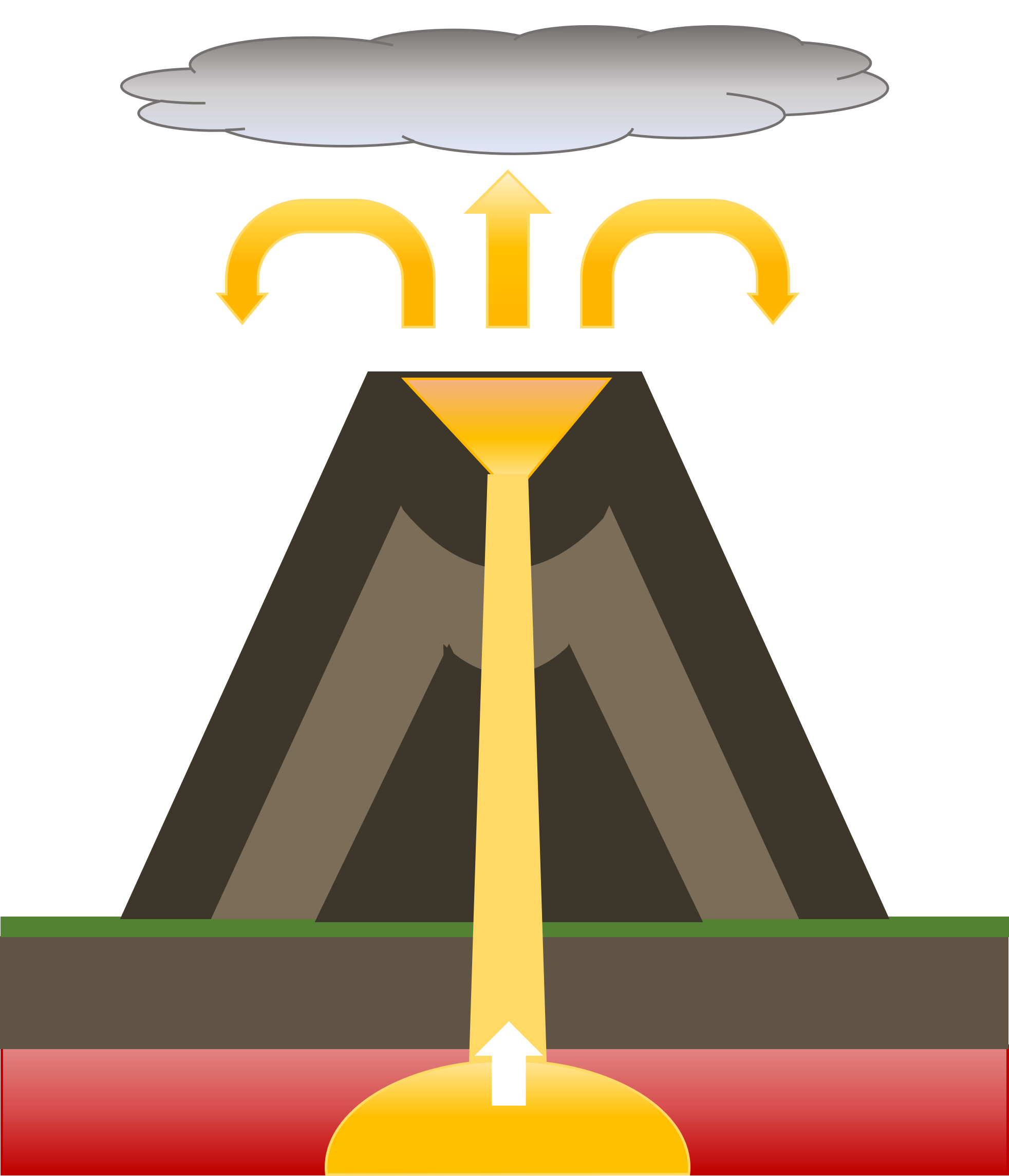
Composite volcanoes or stratovolcanoes are typically steep, large symmetrical cones that have been built from alternating layers of lava flows, cinders, ash and other volcanic material. A central vent is located within the crater at the top of the volcano. One of the essential features of a composite cone is a network system through which magma rises to the top of the volcano from an underground reservoir deep in the earth’s crust. With each eruption, the cone grows larger. Some composite volcanoes reach heights of 2,800 metres. Mount Garibaldi, located in British Columbia, is a composite volcano.
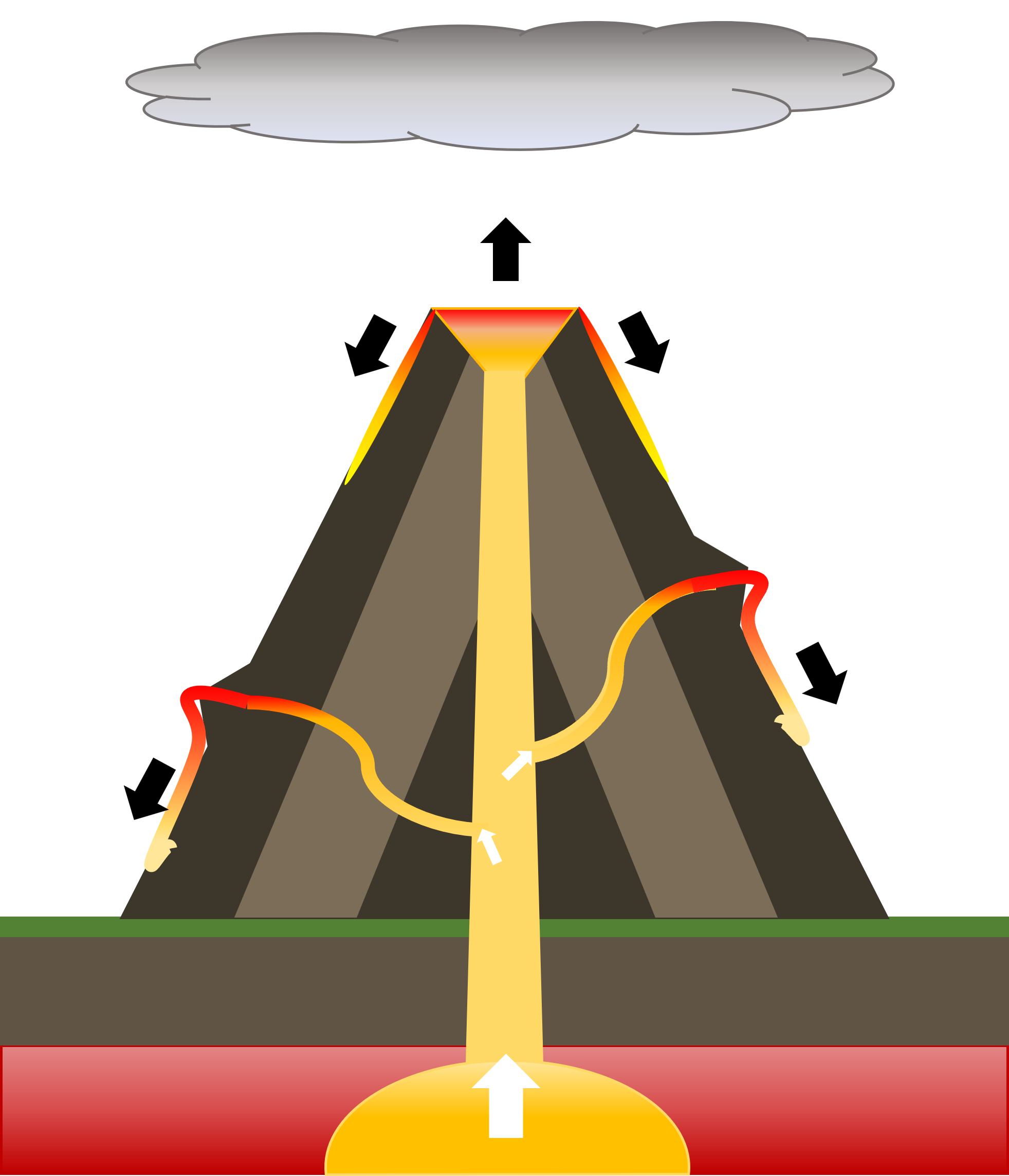
Objectives
To learn and observe two types of volcanic eruptions.
Materials
- Kinder® Surprise® container
- Vinegar packages
- Baking soda
- Safety goggles
- Measuring spoons
- Mica glitter (or biodegradable glitter)
- Drop cloth (optional)
Additional Resources
If you are interested in learning more about Earth science and volcanoes visit the Mining Matters website to download Core Concepts – Structure of the Earth or the Bozeman Science YouTube Channel and watch the Geology Video
Instructions
This activity is best done outside, or in a room with very high ceilings (like a gym) with a drop cloth to protect the floor.
- Cut the hinge connecting the top and bottom halves of the Kinder® Surprise® container.
- If using a drop cloth, lay it on the ground outside wherever you will be creating your volcanoes.
- Add 1 package of vinegar to the bottom (larger half) of the Kinder® Surprise® container. Place it on the ground where it can be observed. Add a pinch of glitter for added effect.
- Add ¼ teaspoon of baking soda to the top of the container.
- Make sure everyone else is standing back at least 3 metres away to avoid the splatter zone.
- Wearing your protective eyewear, empty the baking soda from the top of the container into the bottom. Do not snap the top in place. Instead, watch as gas builds in the volcano and the lava erupts over the edge of the container.
- Record your observations in the test 1 section, including how far the glitter travelled. Determine which type of volcano you just created from the descriptions above.
- Rinse out your container and repeat steps 3-5.
- Wearing your protective eyewear, quickly flip the top and its contents into the bottom half and snap the lid in place.
- Step back and observe what happens.
- Record your observations in the test 2 section, including how far the glitter travelled. Determine which type of volcano you just created from the descriptions above.
Discussion
Consider your observations, why did the lid shoot high into the air in one experiment and not the other?
Conclusions
In one experiment the gases produced by the baking soda and vinegar were able to escape the container, in the other the gases could not escape and built up so much pressure the lid shot off and high into the air. This represents a shield volcano and a cinder volcano respectively.
Tips
Alternatives to Kinder® Surprise® containers are film canisters, mini Play-Doh containers, or any small container with a tight fitting snap on lid.
